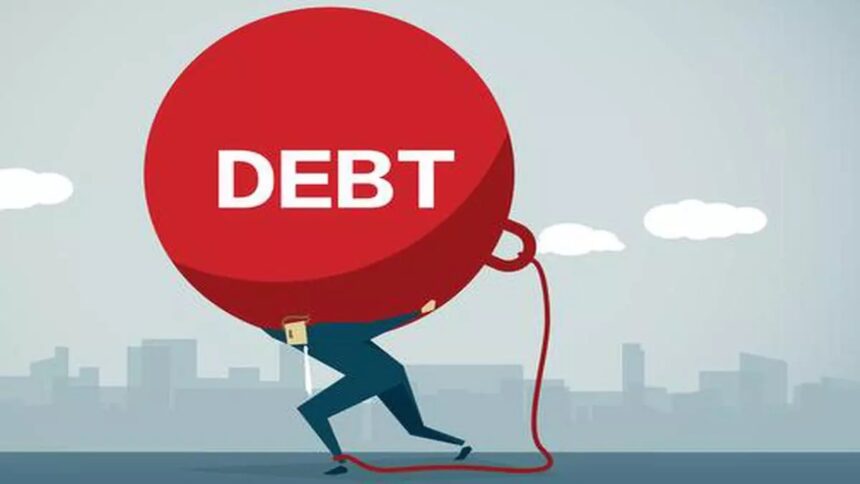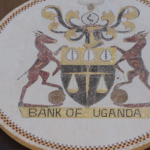Nigeria spent approximately $2.01 billion on external debt servicing between January and April 2025, a 50% increase from the $1.33 billion recorded in the same period in 2024.
According to international payments data released by the Central Bank of Nigeria, debt servicing accounted for 77.1% of total international payments within the first four months of 2025, up from 64.5% in the corresponding period in 2024. Total international payments, which include remittances and letters of credit, reached $2.6 billion during the period, compared to $2.07 billion a year earlier.
A monthly breakdown shows that Nigeria paid $540.67 million in January, followed by $276.73 million in February. However, March and April saw significant spikes, with $632.36 million and $557.79 million paid respectively. The two-month surge—nearly $1.2 billion—was largely due to repayments of maturing commercial and bilateral loans.
This spike coincided with Nigeria’s full repayment of the $3.4 billion loan obtained from the International Monetary Fund (IMF) under the Rapid Financing Instrument (RFI) during the COVID-19 crisis. The IMF confirmed that Nigeria completed repayment by April 30, 2025. While the principal has been settled, the country will continue making annual payments of about $30 million for Special Drawing Rights (SDR) charges, as Nigeria’s SDR holdings remain below its cumulative allocation.
- Advertisement -
In 2024, debt service to the IMF totaled $1.63 billion, contributing significantly to Nigeria’s overall external debt servicing cost of $4.66 billion that year. Multilateral creditors, including the IMF, accounted for $2.62 billion—over half of the total.
Fitch Ratings has projected that Nigeria’s external debt servicing will rise to $5.2 billion in 2025, including a $1.1 billion Eurobond repayment due in November. While the agency considers the debt service level moderate, it flagged concerns over Nigeria’s weak revenue base, high interest costs, and limited fiscal space.
Government debt is expected to remain at about 51% of GDP through 2026, with interest payments projected to consume a significant share of public revenues.








